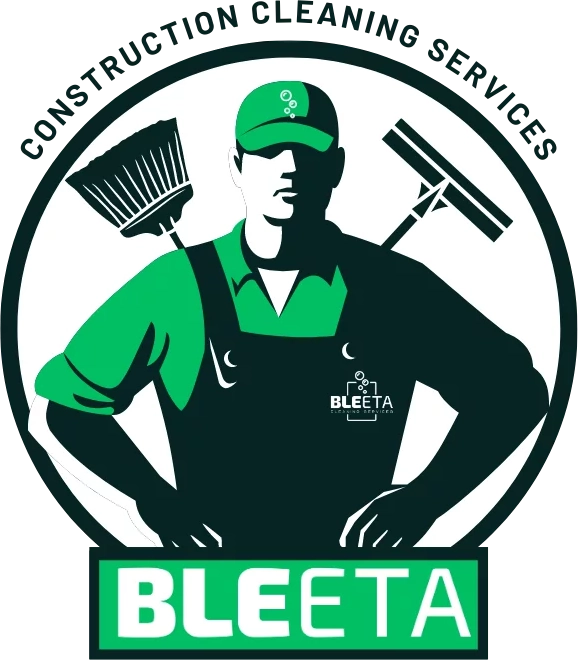
+1(403)-809-2908
Bleeta Cleaning is the largest Drywall cleaning contractor in Calgary. We help and work with the 3 largest drywall contractors in the area completing over 80+ homes every month.
New construction projects come with their own set of challenges, including managing the dust that comes from drywall installations. Drywall dust is fine and powdery, and it can easily spread throughout the construction site, creating an unsightly and potentially hazardous environment. That’s why it’s important to vacuum drywall dust properly in new construction to prevent health risks and ensure a clean finish.
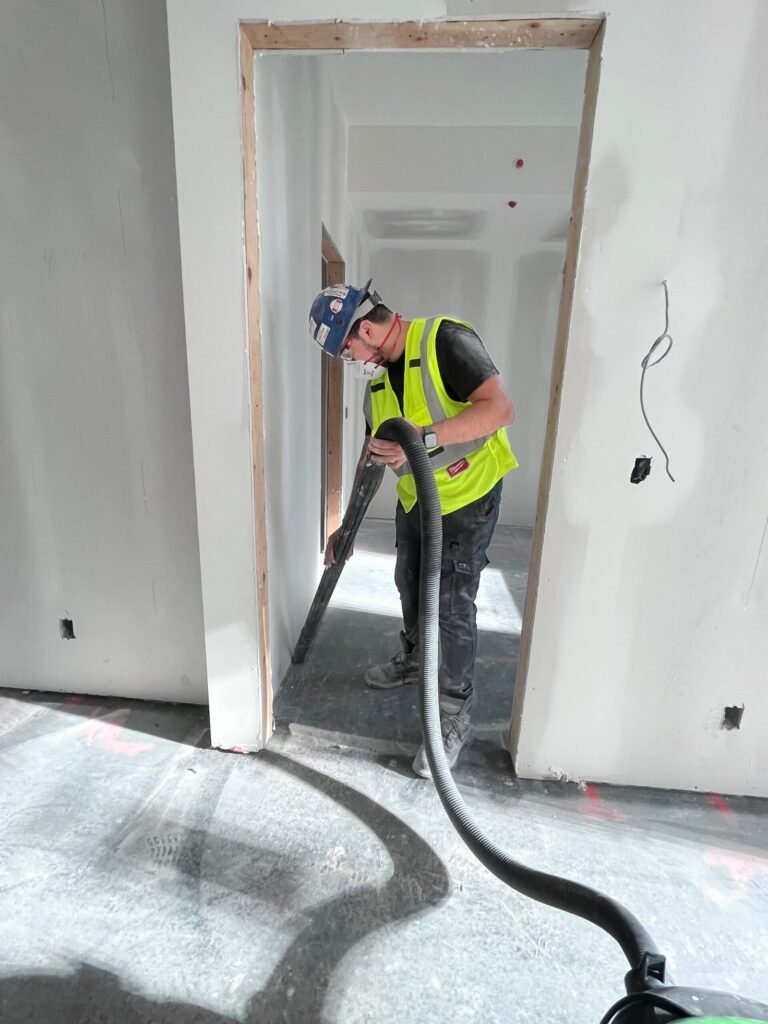
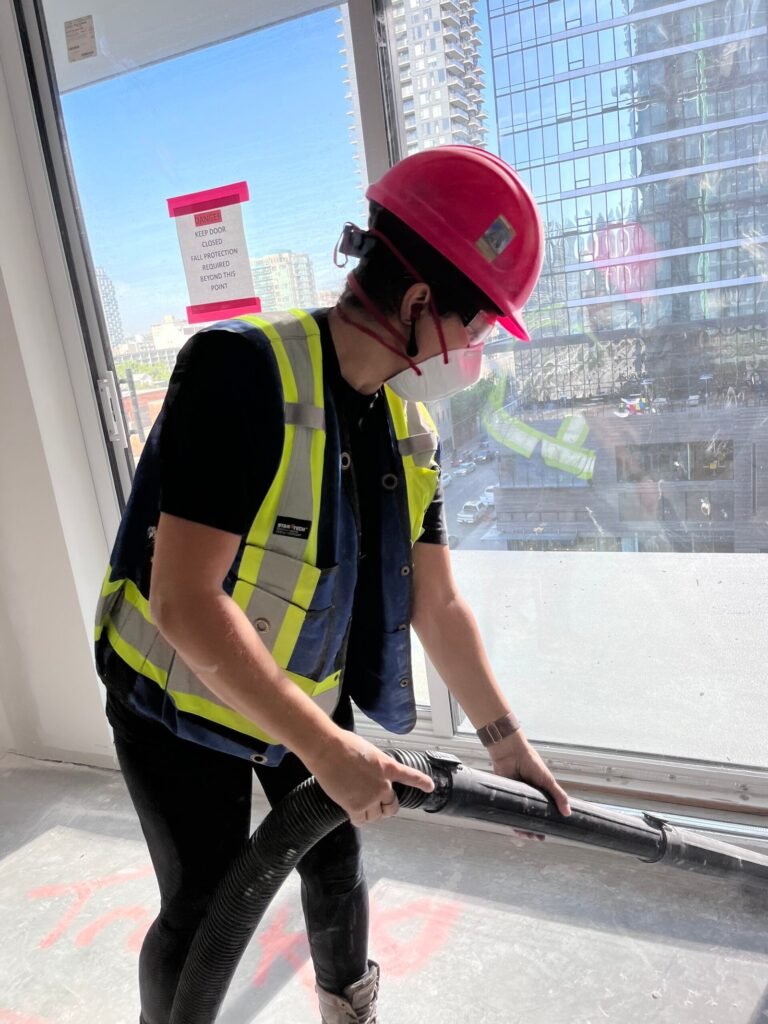
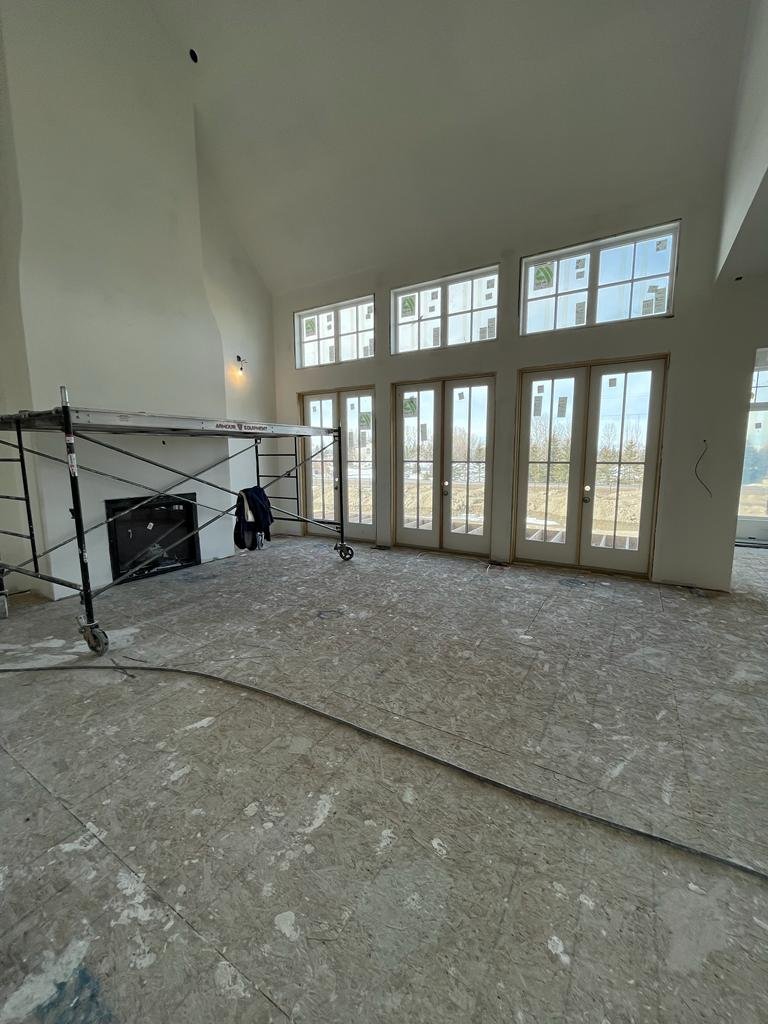
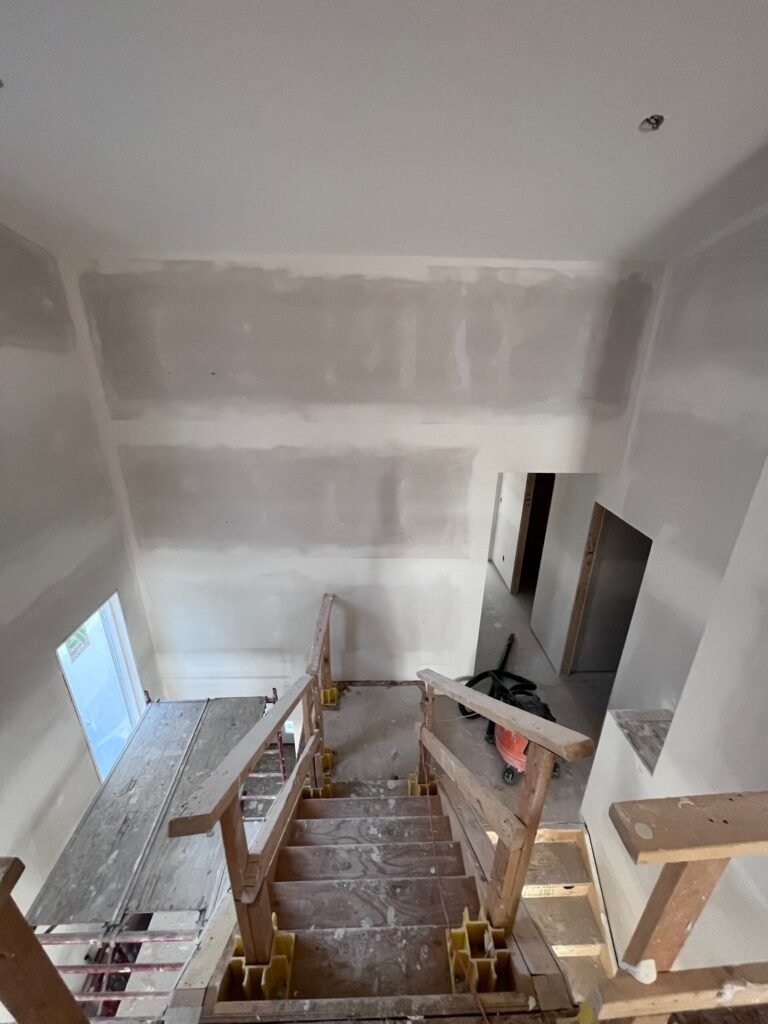
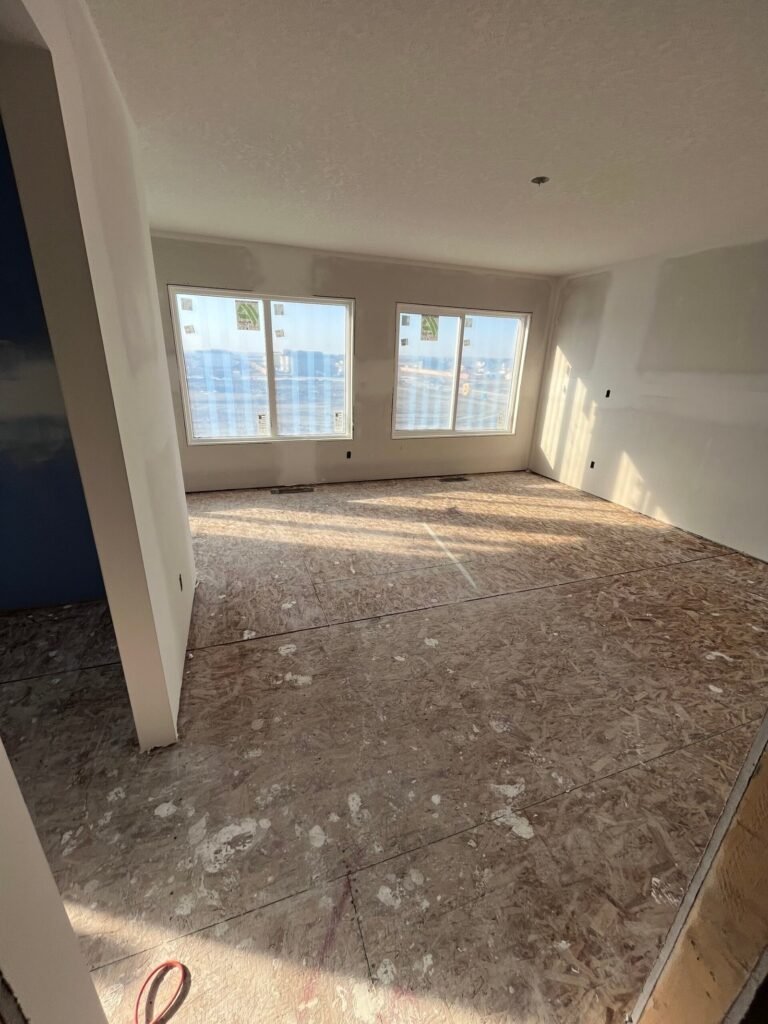
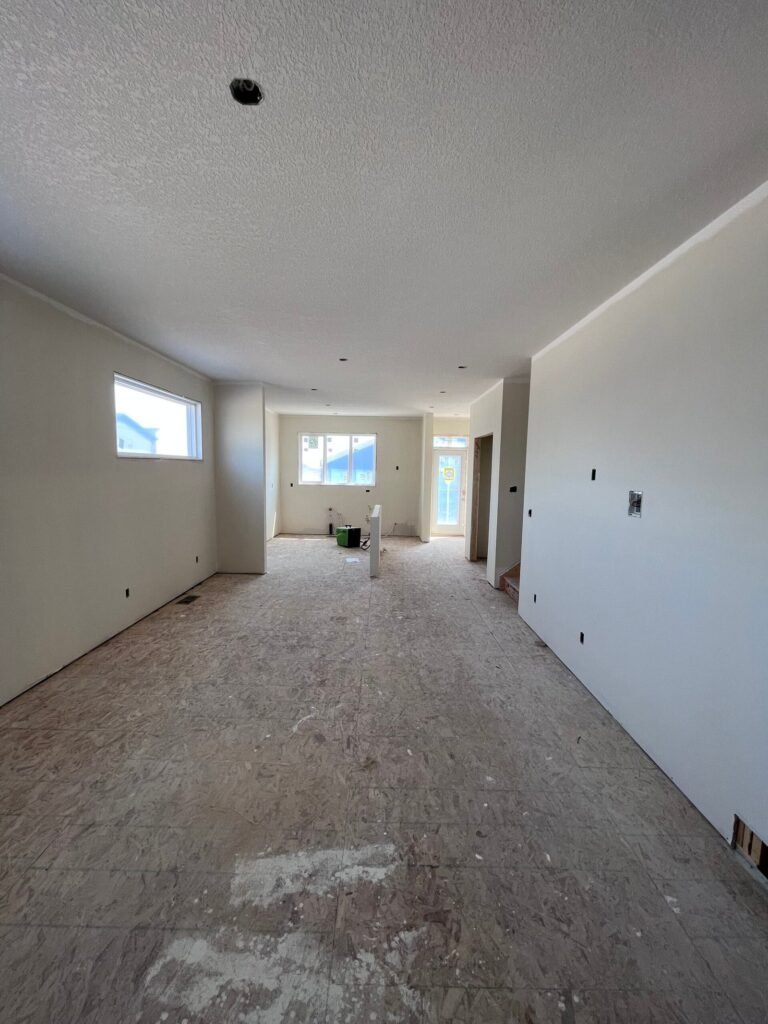
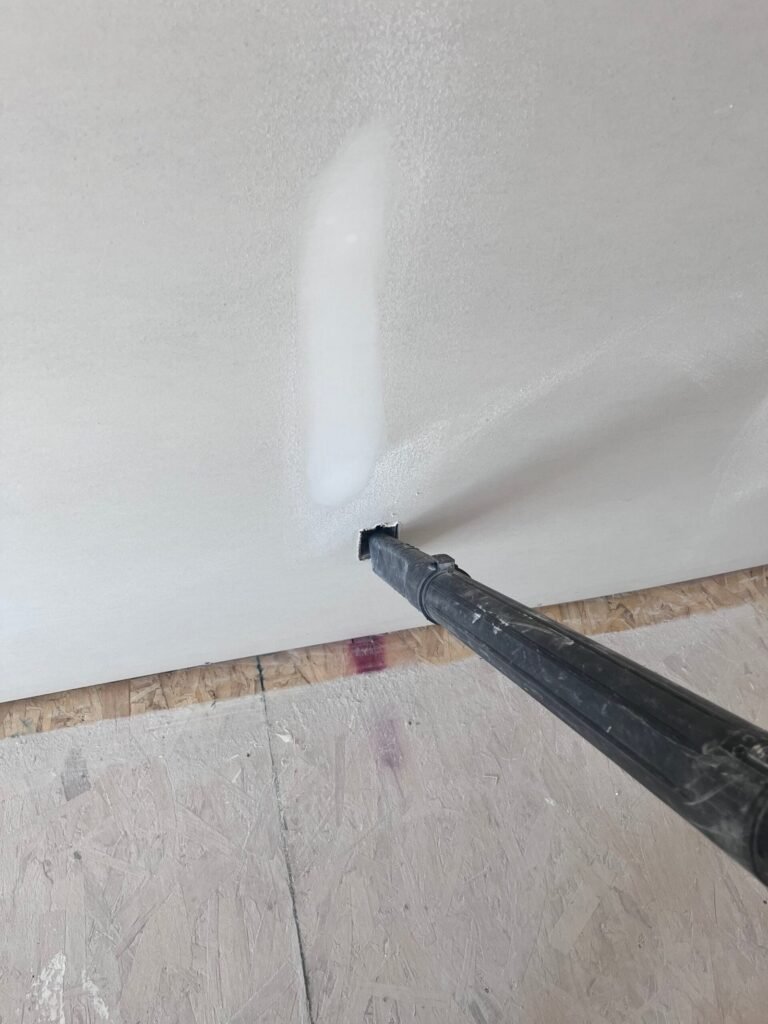
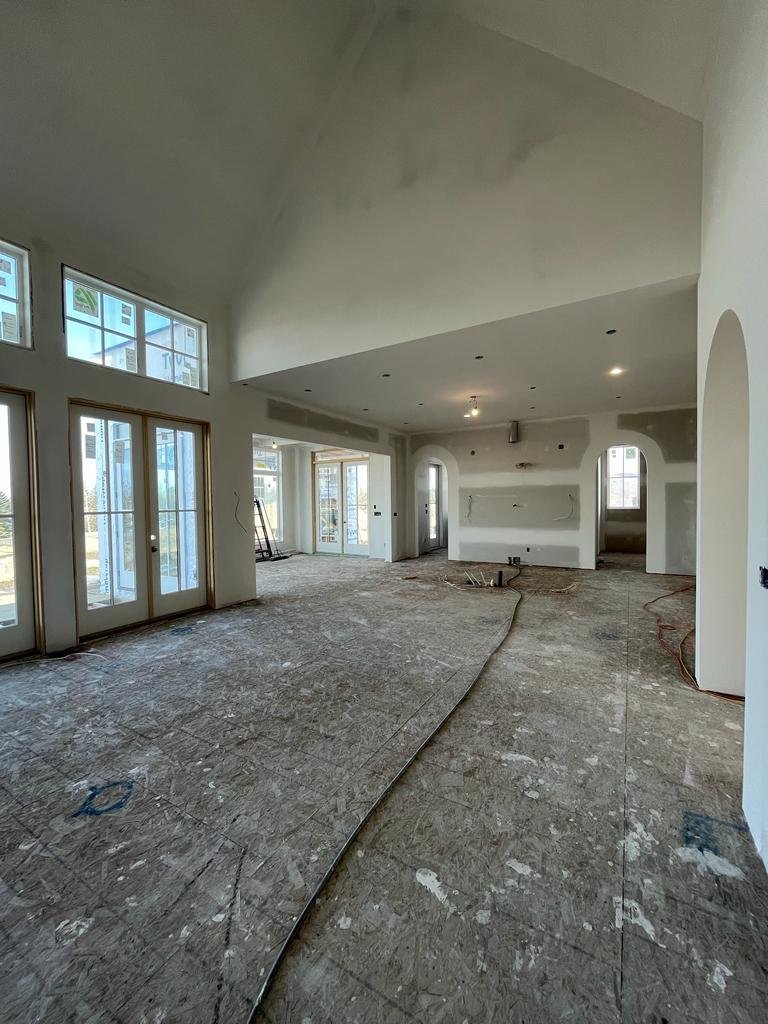
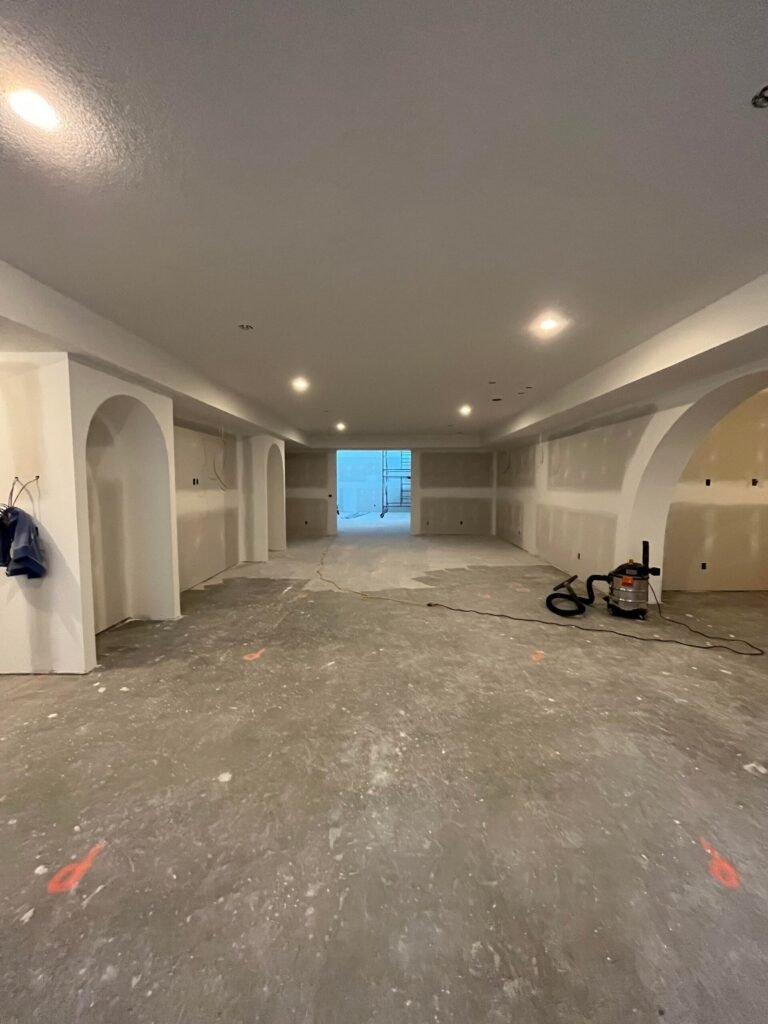
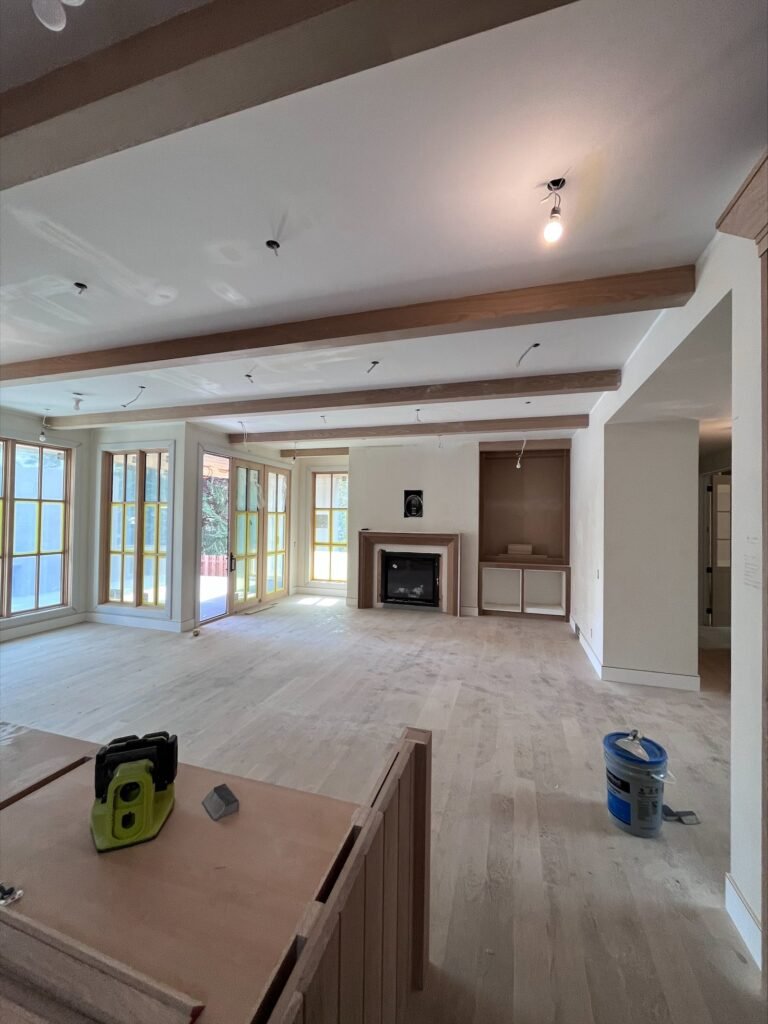
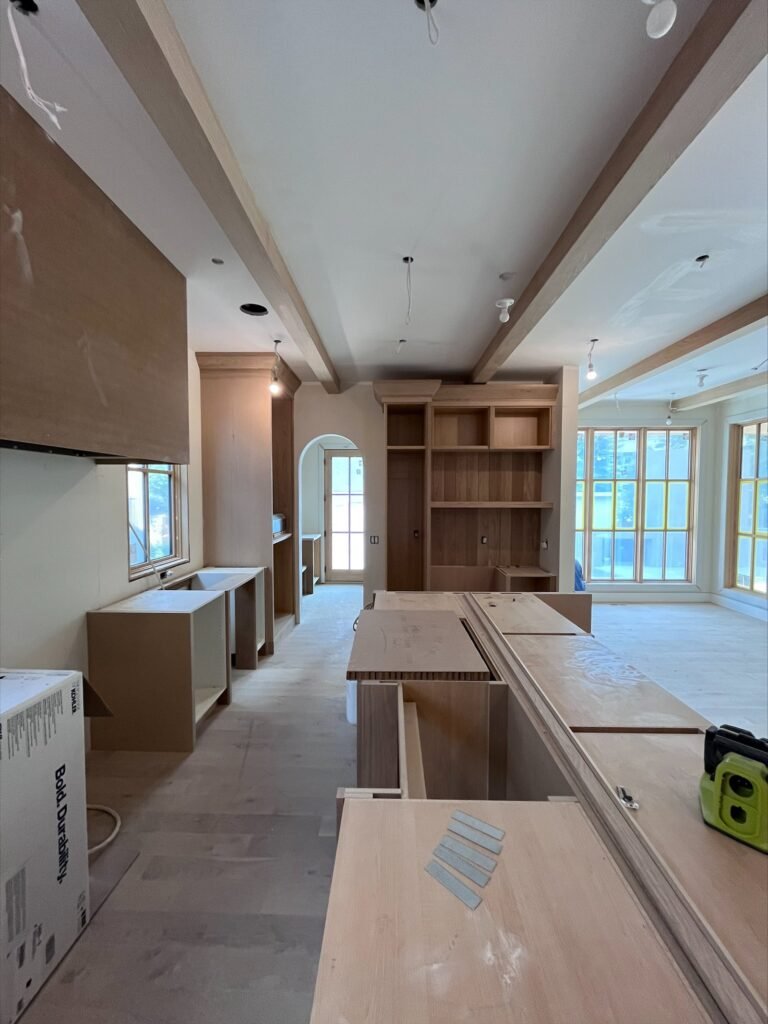
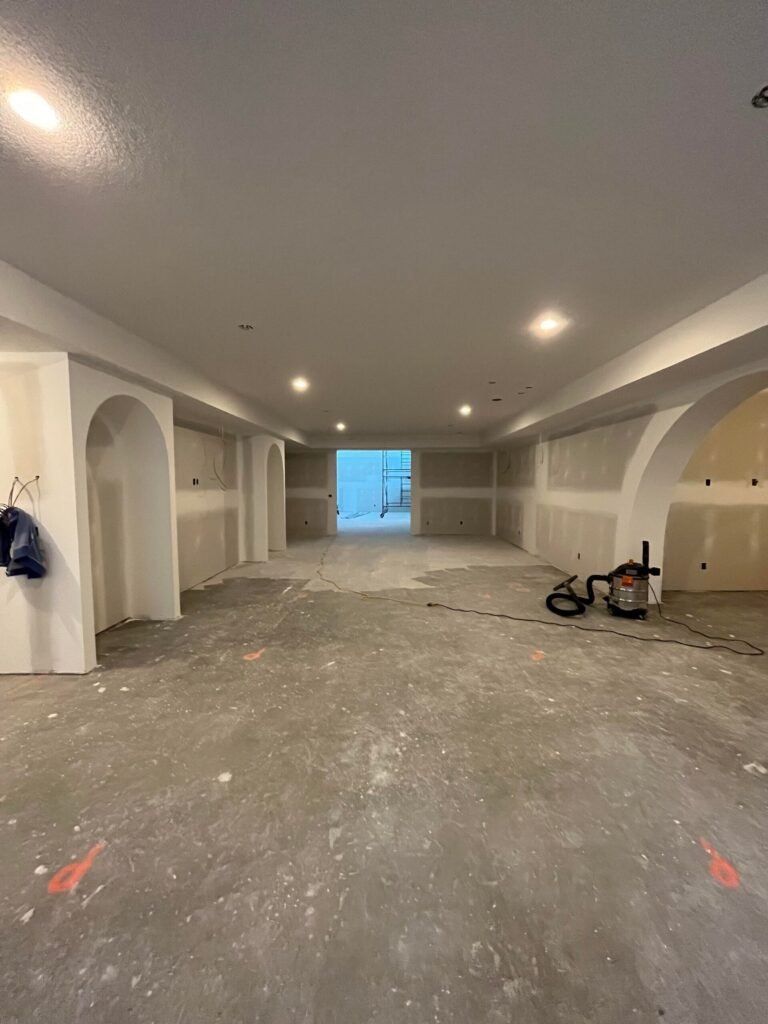
Drywall dust vacuuming is an important step in any drywall installation or renovation project. By properly vacuuming drywall dust, you can prevent health risks, ensure a clean finish, and protect your home or workspace from fire hazards.
Follow these simple steps to vacuum drywall dust safely and effectively, and enjoy a clean and polished space that you can be proud of.
Scraping off drywall mud ensures a level floor surface, providing a solid foundation for your project. Say goodbye to unsightly bumps and imperfections that can compromise the final outcome.
Clean and scraped floors create an ideal base for flooring materials, ensuring proper adhesion and reducing the risk of future issues like floorboard squeaks.
A clean surface guarantees a flawless finish, creating a visually stunning result that impresses clients and enhances your reputation as a top-tier contractor.
By removing drywall mud before vacuuming, you significantly reduce the amount of dust generated during the sanding process. This means a cleaner and healthier work environment for everyone involved.
Prepping the floor properly saves time in the long run. A smooth surface means less time spent troubleshooting and reworking, allowing you to complete projects on schedule or even ahead of time.
Now that you understand why drywall dust vacuuming is important, let’s talk about how to do it right. These steps to ensure that you’re vacuuming drywall dust safely and effectively:
Before you start vacuuming, prepare your workspace by covering any furniture, floors, and surfaces with plastic sheets or drop cloths. This will help to contain the dust and prevent it from spreading throughout your home or workspace.
Drywall dust can be harmful if inhaled, so it’s important to wear protective gear, such as a dust mask, goggles, and gloves, to prevent any dust particles from getting into your eyes, nose, or mouth.
When it comes to vacuuming drywall dust, not all vacuum cleaners are created equal. Make sure that you’re using a vacuum cleaner with a HEPA filter, which is designed to trap fine particles such as drywall dust. A regular household vacuum cleaner may not be powerful enough to capture all of the dust particles.
Start by vacuuming the walls and ceilings with a soft-bristle brush attachment. This will help to loosen the dust and make it easier to capture with the vacuum. Be sure to vacuum all surfaces thoroughly, including corners and edges.
Once you’ve finished vacuuming, empty the vacuum’s dustbin or replace the bag to prevent the dust from spreading. You should also clean the vacuum’s filter and brush attachment to ensure that it’s ready for the next use
